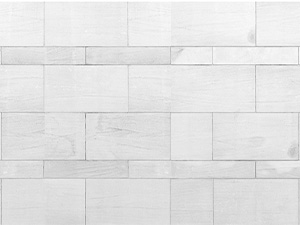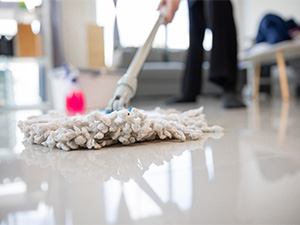When you look at your beautiful natural stone do you ever wonder what it took to get to you? The steps required to getting from the earth to your home is quite extensive and interesting, and after understanding it, you will never look at your stone the same way again.
Here is an overview of the various steps:
Step 1 – Create a quarry: Sounds simple but it isn’t. Studies are made by geologists and other experts to determine a good site for a quarry. These include rock formation, accessibility, extraction methods, and environmental impact.
Step 2 – Licensing: Again, sounds simple but it is actually quite complex. All relevant authorities must sign off on the project, including local, state, federal, and environmental agencies, and authorities. That can be a lot of red tape.
Step 3 – Extraction: Once all the permits are in place, workers and heavy machinery are brought in to start the extraction process. If the permits allow, blasting is done to help break rock masses into more manageable fragments.
Step 4 – Processing: After extraction, raw materials go for processing. This can mean a lot of different things. Crushing machines can be used to break up raw material into smaller, more manageable pieces. Blocks meant to be slab cut are generally shipped off-site to be cut, face finished (polished, honed, etc.), inspected, and prepped for shipping. Other methods or processes may be used for pavers, tile, and other-use stone.
Step 5 – Transportation: Depending on where the stone is, and where it’s going, transportation can include trucks, trains, ships, cranes, and rail cars.
Step 6 – End User: The end user in this situation is the company, wholesaler, or distributor that orders the material from the quarry. The quarry’s end user receives the material and passes it along to their customers aka the retailers/sellers of the finished products (fabricators, landscapers, restoration companies, hardscapers, construction companies, etc.), who then, in turn, pass it on to their customers aka YOU.
So, now you know a little bit more about how stone gets from earth to you. Amazing, isn’t it?
By Sharon Koehler. This article is one of a series of articles written and published on behalf of Surface Care PRO Partners.










